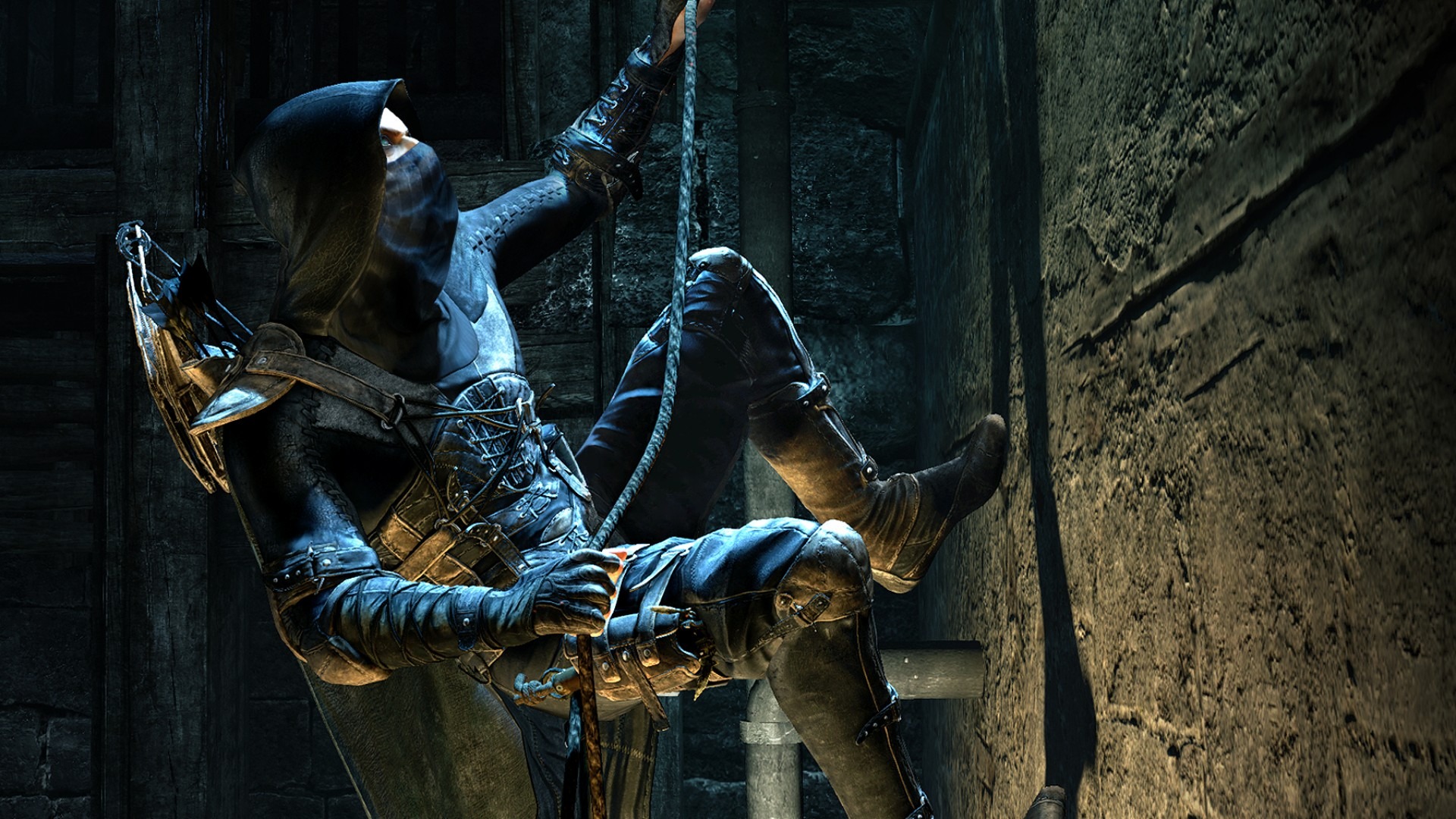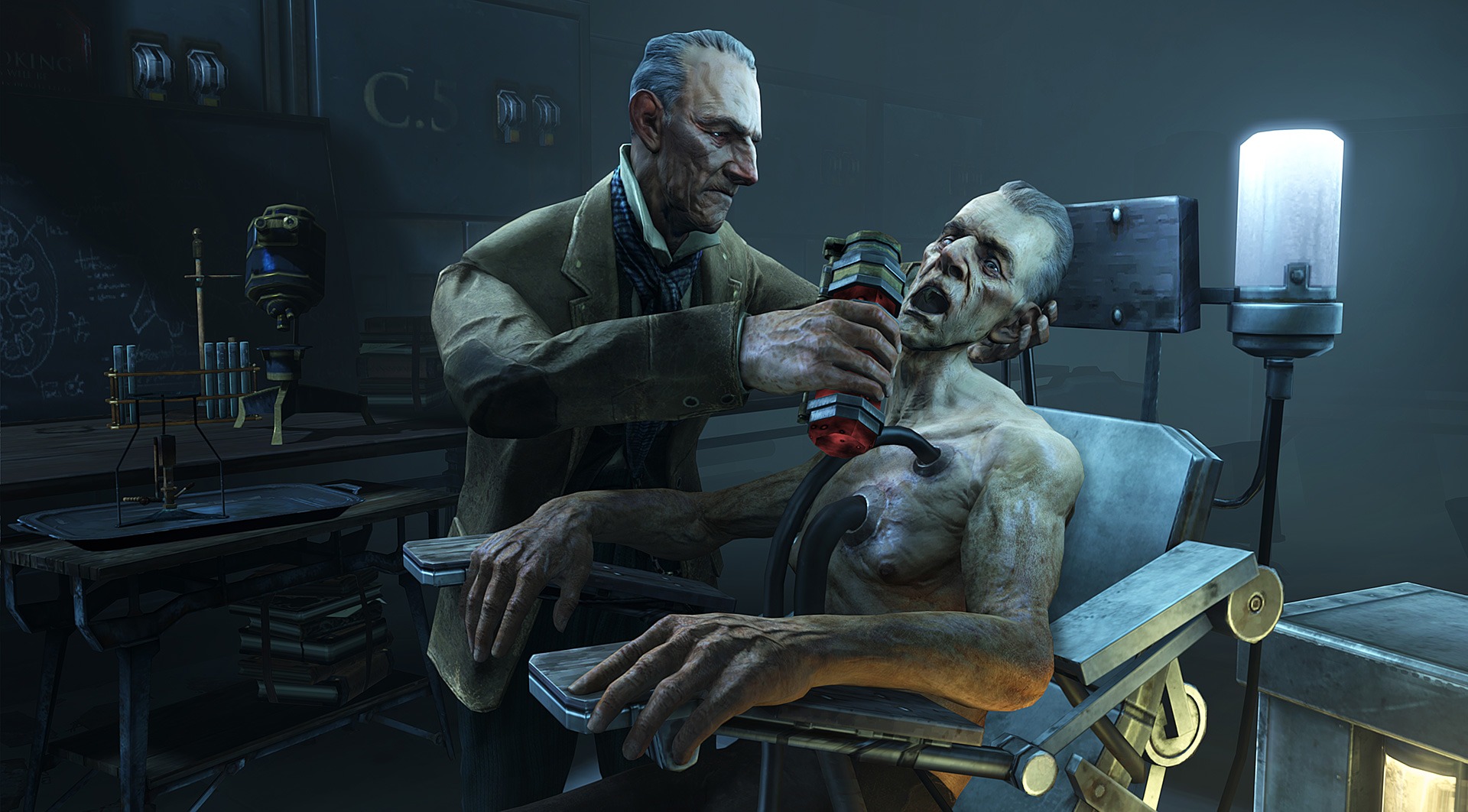How Sweeney Todd Helped Bring Dishonored’s “Ridiculous” World to Life
Popular Now
 Call of Duty
Call of Duty
 Garena Free Fire: Kalahari
Garena Free Fire: Kalahari
 Rust
Rust
 R.E.P.O
R.E.P.O
 BeamNG.drive
BeamNG.drive
 Poppy Playtime
Poppy Playtime
 Valorant
Valorant
 CarX Street
CarX Street
 Genshin Impact
Genshin Impact
 League of Legends
League of Legends
 In the world of game development, sometimes the most profound creative breakthroughs come from the most unlikely sources. Such was the case for Arkane Studios’ acclaimed immersive sim, Dishonored. According to Austin Grossman, one of the game’s writers, the initial pitch for the game “sounded a little bit ridiculous” to him. With its combination of mystical whales, an otherworldly being known as the Outsider, and a setting shrouded in darkness, the early vision for Dishonored struggled to cohere into a believable world. The solution, he now admits, was found in a surprising place: the dark and theatrical world of Stephen Sondheim’s musical, Sweeney Todd.
In the world of game development, sometimes the most profound creative breakthroughs come from the most unlikely sources. Such was the case for Arkane Studios’ acclaimed immersive sim, Dishonored. According to Austin Grossman, one of the game’s writers, the initial pitch for the game “sounded a little bit ridiculous” to him. With its combination of mystical whales, an otherworldly being known as the Outsider, and a setting shrouded in darkness, the early vision for Dishonored struggled to cohere into a believable world. The solution, he now admits, was found in a surprising place: the dark and theatrical world of Stephen Sondheim’s musical, Sweeney Todd.
Finding Cohesion in Chaos
Grossman, a veteran writer with a long history in the immersive sim genre (including work on System Shock and Deus Ex), initially found the disparate elements of Dishonored to be a “mess.” The game’s creative director, Harvey Smith, had a strong creative vision, but it was Grossman’s job to find a way to channel it into a cohesive, believable world. Grossman, in an interview, revealed that his personal style guide for the game’s tone was the Sweeney Todd musical. He was drawn to its unique blend of “super dark, Victorian, with this black humor to it.” He even admits to having “ripped off a couple phrases” that a fan of the musical would instantly recognize.
The musical provided a tonal lodestar that perfectly aligned with the grim and gothic aesthetic of Dishonored‘s city of Dunwall. This inspiration helped to unite the game’s seemingly disparate elements, from the industrial whaling technology to the deadly plague that ravages its inhabitants. By embracing a style that was both theatrical and deeply unsettling, the developers were able to create a world that felt both fantastical and grounded in a dark reality. This creative approach allowed the team to lean into the game’s unique identity without the need for traditional genre labels like “steampunk,” which some developers on the team actively tried to avoid.
 The Legacy of a Unique Vision
The Legacy of a Unique Vision
The development of Dishonored was a testament to Arkane Studios’ ability to build a world from the ground up, with a history spanning back thousands of years and a design philosophy that prioritizes player agency and freedom. The game’s setting of Dunwall, inspired by late 19th-century London and Edinburgh, was a radical shift from the original concept, which was a ninja stealth game set in feudal Japan. This change was spearheaded by Harvey Smith and his co-creative director, Raphaël Colantonio, who saw an opportunity to create something more unique and personal.
The final result was a game that was not only a commercial success but also a critical darling, winning numerous “Game of the Year” awards. The game’s world, with its blend of unique mythology and a cohesive artistic vision, is now considered a classic of the genre. The story of its development, from its “ridiculous” beginnings to its theatrical, musical-inspired breakthrough, is a powerful reminder that true creativity often comes from unexpected places.







